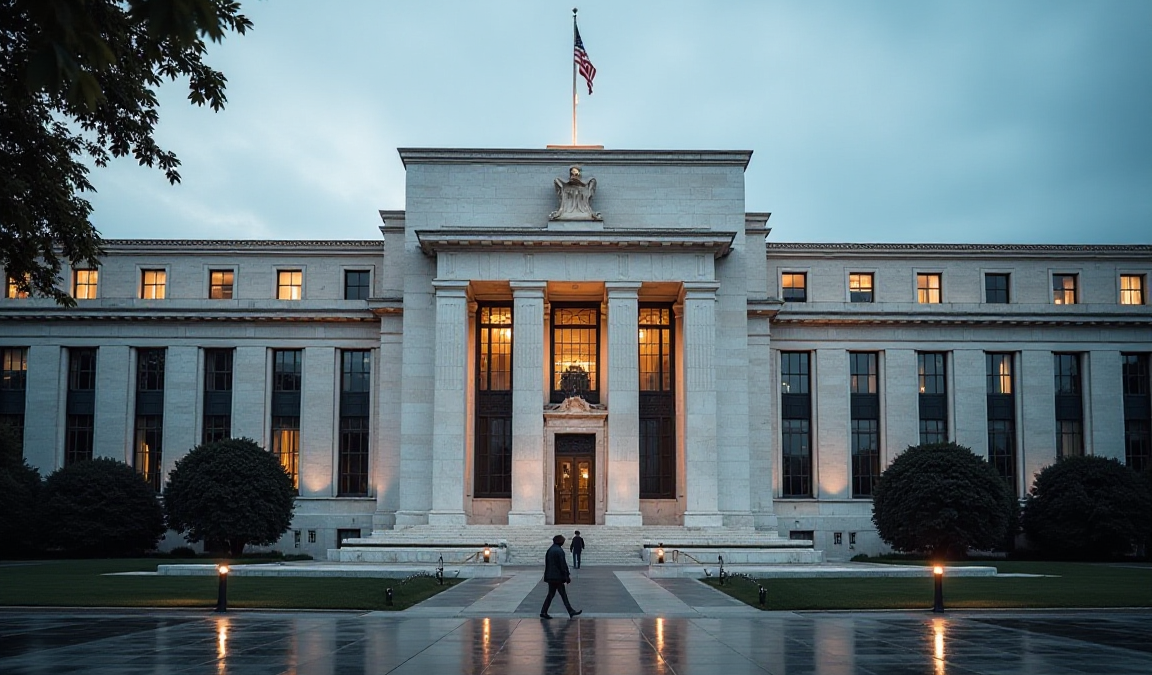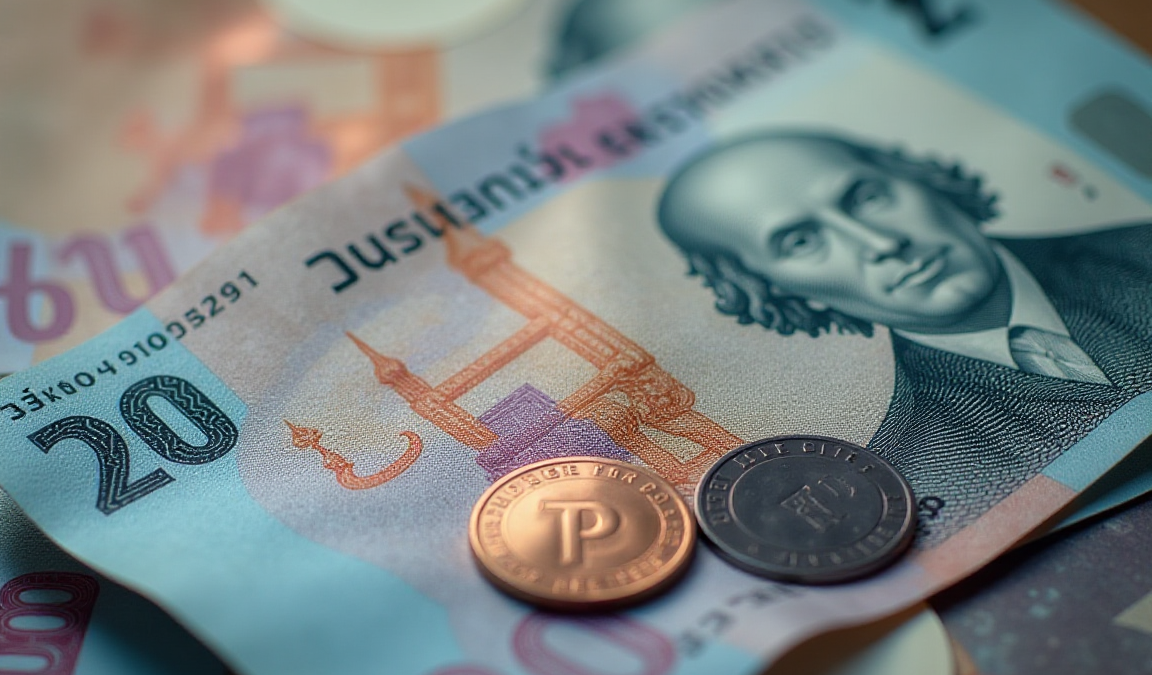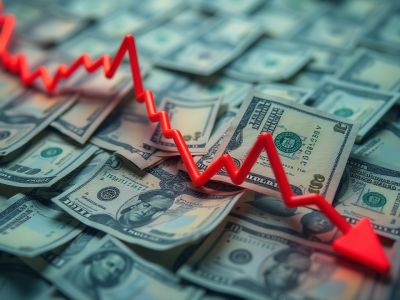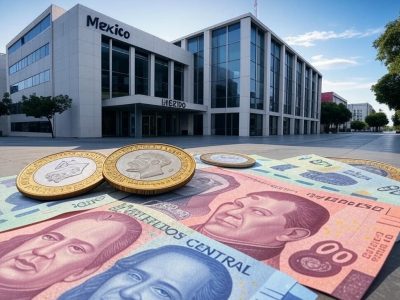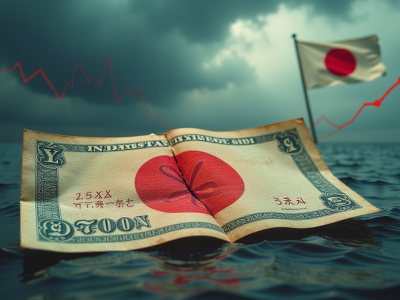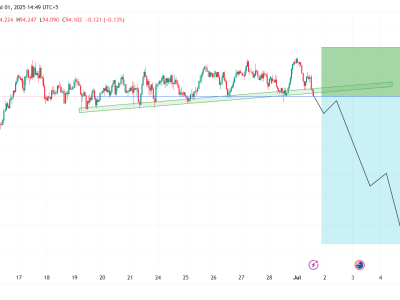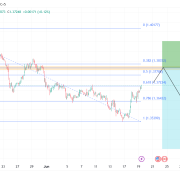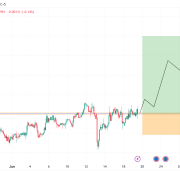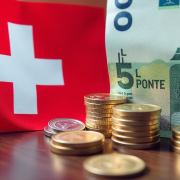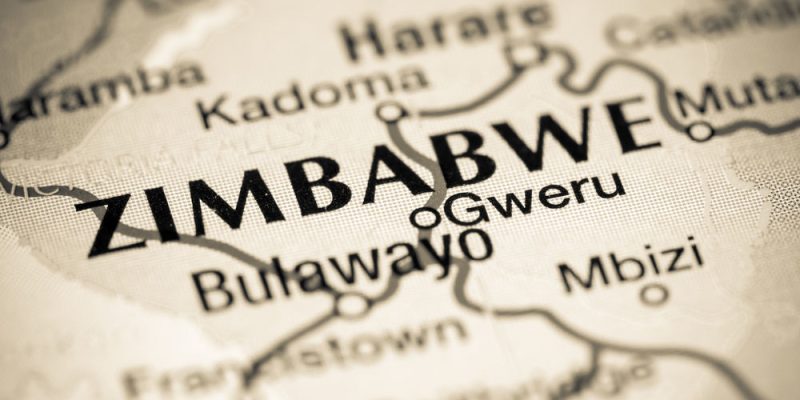
The Zimbabwe ZiG exchange rate has stabilized in the past few months as the country’s economy recovers. According to the central bank, the USD/ZWG traded at 26.10 on Monday, down from 28.68 on January 1.
Zimbabwe ZiG has stabilized this year
The exchange rate has also stabilized in the black market. It is now at 38, down from over 40 a few months ago. Still, the official and black market rate are significantly lower than the original price of below 15 when the ZiG currency was launched in April last year.
The ongoing USD/ZIG recovery is likely because of the expected economic recovery in the country and higher interest rates.
In a recent note, the government predicted that the economy would grow by 6% this year after expanding by 2% in 2024. Currency stability and a rebound in the agricultural sector are the main catalysts for the expected recovery.
Estimates show that better rainfall this year will lead to more production, exports, and reduced imports. The overall estimate is that plentiful rain will lead to a 15% drop in farm production, less than 21% from the previous estimate.
The government expects the agricultural sector to expand by 12.8% this year and the mining industry to grow by 5.6%. This year’s relatively higher prices of gold and platinum will boost the mining industry.
At the same time, the government is working on improving its budgeting and reducing its deficit. It has already slashed spending across various ministries and anticipates spending $7.7 billion after collecting $7.5 billion this year.
Still, there are concerns about the future of the Zimbabwe ZiG, especially after its first devaluation in 2024. That devaluation led to an uptick in inflation and losses for many companies that had embraced the new currency. In a note to Bloomberg, the head of the Chamber of Commerce said:
“After the devaluation, balance sheets have been eroded and most executives are worried. To plan using the local currency is to plan to fail.”
The Zimbabwe ZiG price has also reacted to the central bank’s tight monetary policy as it has hiked interest rates to 35%. As such, many Zimbabweans have embraced the currency to get a higher interest rate.
US dollar index has soared
The other potential risk for the Zimbabwe ZiG is that the US dollar index has surged in the past few months. The DXY soared to $110 for the first time in over three years as bond yields jumped, with the 30-year testing the 5% point. In a note, analysts at Goldman Sachs hinted that the dollar would jump by 5% this year, saying:
“We expect the dollar to rally by about 5% over the coming year on the realization of new tariffs and continued US outperformance. Even with this upgrade, we still see the risks tilted towards more dollar strength.”
A stronger US dollar typically hurts emerging and developed country currencies as capital flows to the United States.
The post Here’s why the Zimbabwe ZiG currency has stabilized appeared first on Invezz


